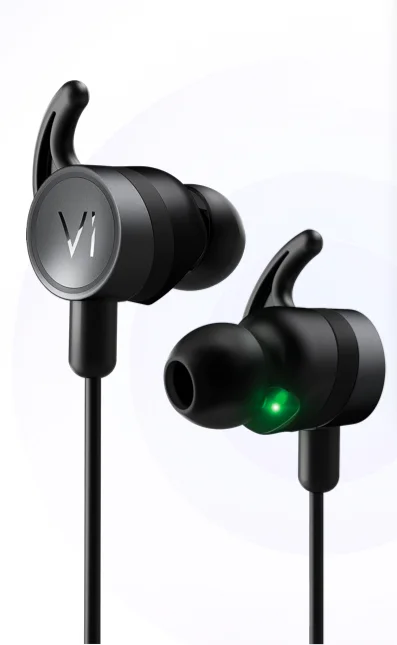Heart Rate Wizard
The problem
LifeBEAM’s earphones have an optical heart rate sensor that sits in a user’s ears. These sensors require users to select the proper size of earbud tips their ears, rotate a stabilizing fin into the inner fold of their ears, and position them without being able to see them.
The complexity of getting a good earbud fit and position led a large number of early Vi users to complain of difficulty getting heart rate readings.
I took the lead in improving users’ heart rate readings by developing a heart rate wizard which was integrated into the Vi Fitness app setup flow. I was responsible for research, interaction design, prototyping, and testing the user flow.
Research
I spoke with the engineers who designed the sensors to learn as much about them as possible, and spoke with users having difficulty getting heart rate readings. After coaching dozens of them through the process of getting a good reading, I understood frequent points of confusion and difficulty.
At the same time, I asked people to put on the earphones with minimal instruction to see common patterns of interaction with the product. It soon became clear that people were basing their expectations on everyday earbuds, where you just place them in your ears and go, only worrying about fit if they fall out or are painful. Fewer than 20% of people put them on correctly, and they were people who had owned similarly designed earphones in the past. Users needed to be educated as to the subtle feelings that distinguish a good fit from a bad one, and how the earbud's stabilizing fin should be positioned in the anatomy of the ear.
Prototyping and Testing
Starting with paper prototypes and reading from a script, and advancing to medium and high fidelity digital prototypes with 3D animations, I found the copy, graphics and interaction patterns that got the best fit and placement from the most users. In doing this, I coordinated with engineers, content developers, graphic designers, developers and a video production team.
In addition to the Heart Rate Wizzard, I found other areas of the user journey to educate users about proper earbud size and placement, including in-run audio content and an instructional video.
The Outcome
The final version got proper earbud placement in all users, and a heart rate reading in over 90%. It increased the accuracy of the heart rate reading while running by 70%. When these changes went live, the number of customer service tickets about heart rate readings dropped dramatically.



